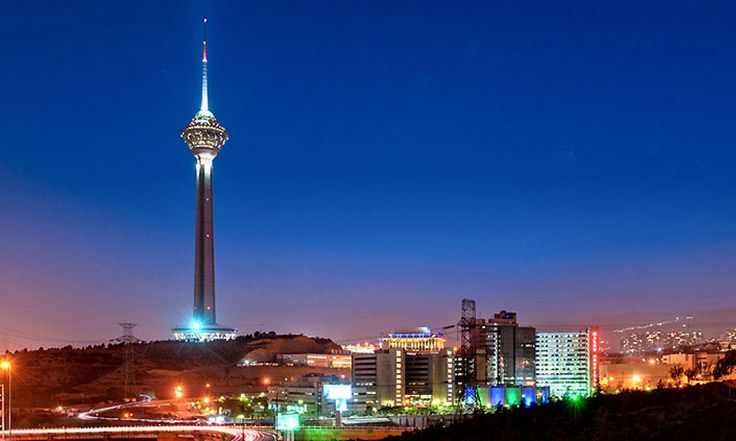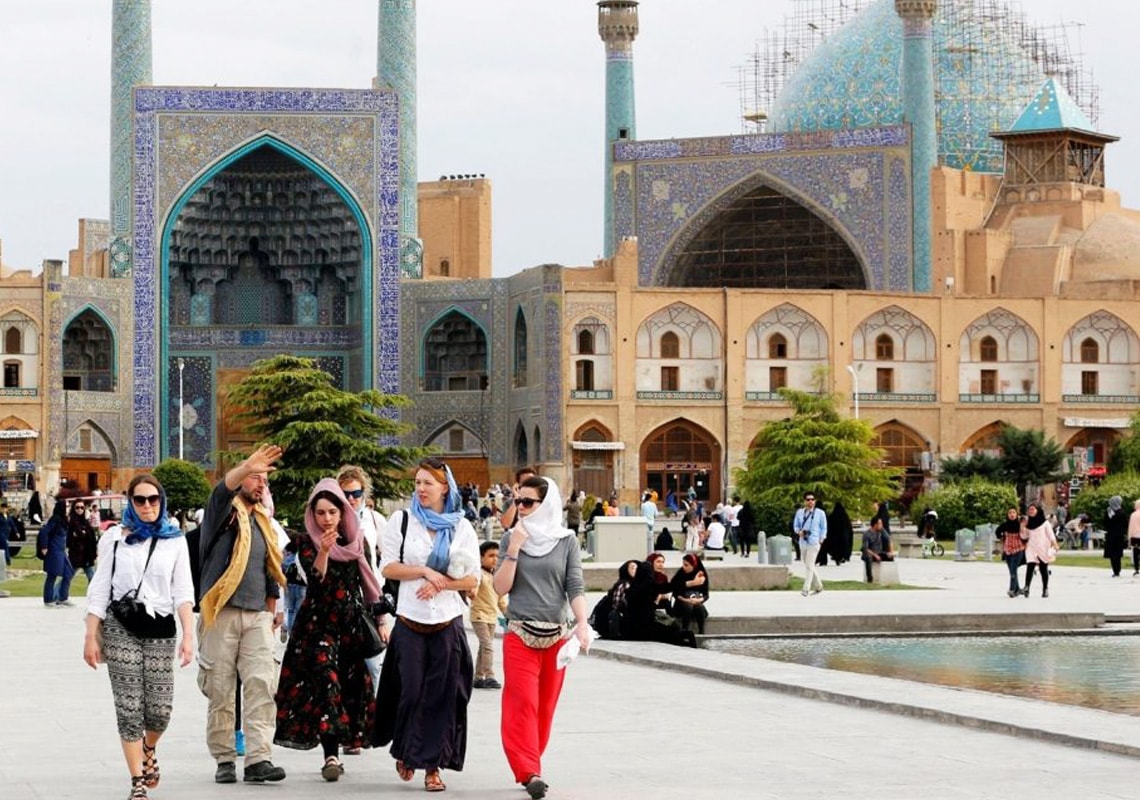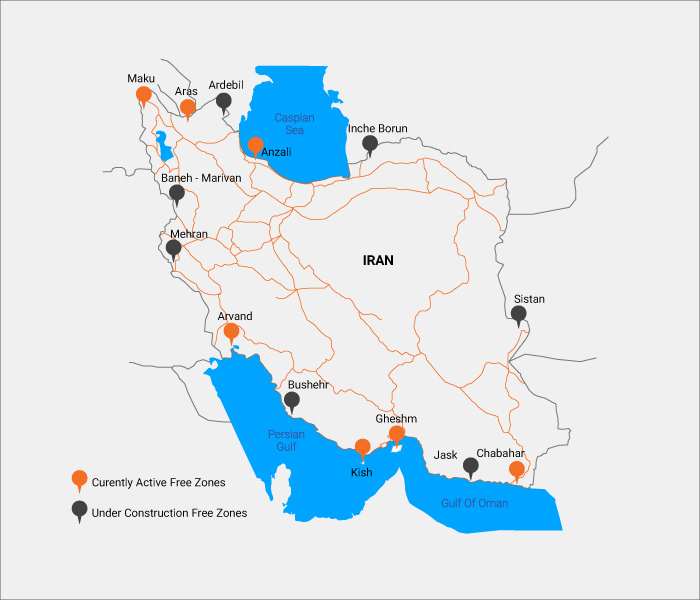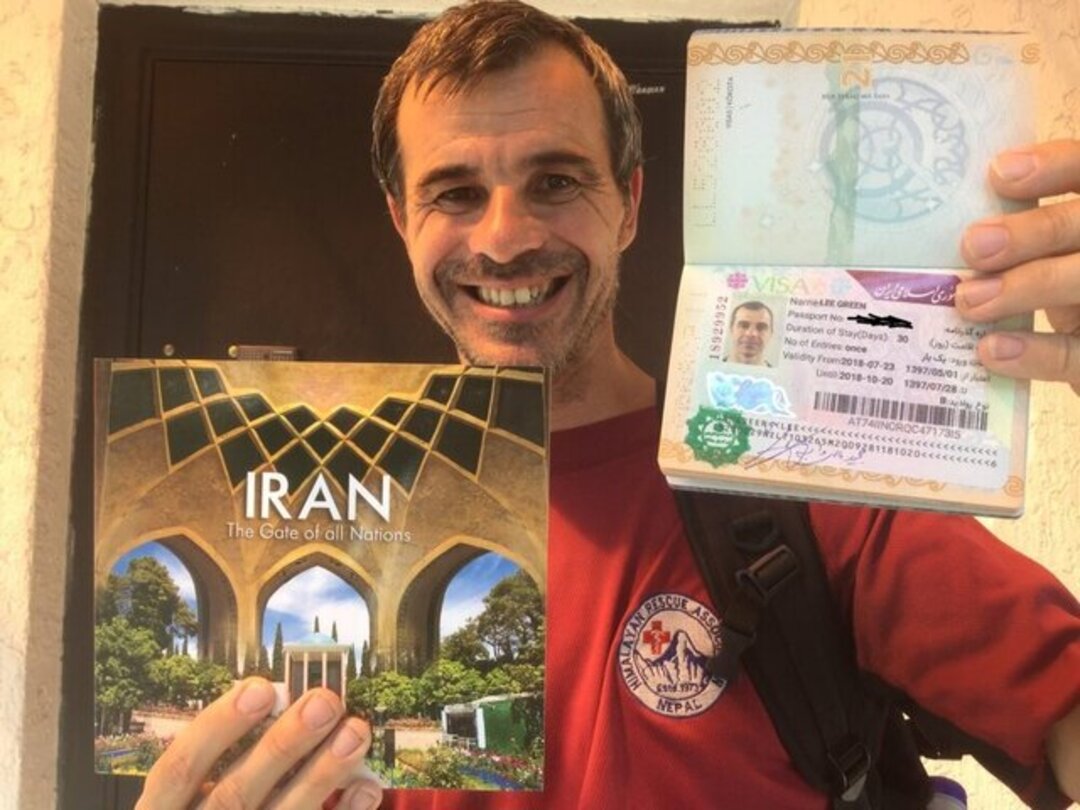Picture yourself cruising down a smooth highway when a sign marked “Adventure” catches your eye. You take the dusty turn—and suddenly, you find yourself in one of the world’s most underrated travel destinations: Iran.
Iran is a land of stunning contrasts. From snow-capped mountains and ancient archaeological wonders to serene deserts, lush forests, and sacred religious landmarks—every corner of this country tells a story. Despite being lesser-known among Asian destinations, Iran offers one of the safest and most welcoming experiences for international travelers.
With over three decades of peace and stability, Iran stands in sharp contrast to its more turbulent neighbors like Iraq and Afghanistan. Known as the “jewel of Islamic culture,” Iran blends breathtaking architecture, rich history, and warm hospitality to create an unforgettable travel experience.
Nature lovers will be amazed by Iran’s geographical diversity. Hike the majestic Mount Damavand, the highest peak in the Middle East. Explore the vast, sun-scorched Lut Desert—recognized as the hottest place on Earth. Or wander through the green forests and cascading waterfalls of northern Iran. For those seeking off-the-beaten-path adventures, Iran hides countless natural and cultural treasures waiting to be discovered.
In recent years, Iran has strengthened diplomatic ties with many countries, offering visa-free travel to select nationalities. But before we dive into visa details, let’s take a quick look at Iran’s geographic and cultural profile.
Situated in Western Asia, Iran shares borders with Armenia, Azerbaijan, Turkmenistan, Afghanistan, Pakistan, Turkey, and Iraq. Home to over 80 million people, this vibrant nation has transformed over the years into a peaceful and safe destination. While political events from decades past may still raise doubts among some travelers, modern Iran is ready to welcome the world.

Which Nationalities Can Travel to Iran Without a Visa?
Getting a visa to visit Iran is now more convenient than ever. For most travelers, the process involves obtaining an authorization code from a licensed tour operator, followed by a quick stop at the nearest Iranian embassy or simply receiving a visa on arrival at major international airports in Iran.
However, not everyone needs a visa to enter this culturally rich country. Iran has waived visa requirements for citizens of several countries, and plans are underway to expand visa-free access to travelers from up to 60 nations in the near future.
Currently, citizens of the following countries can enter Iran without a visa:
-
Armenia – up to 90 days within a 180-day period
-
Azerbaijan – up to 30 days
-
Bolivia – up to 30 days
-
Georgia – up to 45 days
-
Malaysia – up to 15 days
-
Syria – up to 90 days
-
Turkey – up to 90 days
-
Venezuela – up to 15 days
-
Egypt, Lebanon, Serbia – visa-free access (duration may vary)
If your passport isn’t on this list, don’t worry—you still have flexible options. You can apply for an Iran visa online before your trip or get a visa on arrival at select airports across the country.
Special Note for Kish Island Travelers
There’s a unique exception: if you arrive via Kish Island, you can receive a 14-day free tourist visa—even if your country normally requires a visa on arrival. Just keep in mind that this visa is only valid as long as you stay on the island. Interestingly, many European expats living in cities like Dubai or Doha use this opportunity to enjoy a weekend getaway in Kish thanks to its relaxed visa rules and beautiful attractions.

Visa-Free Entry vs. Visa on Arrival – What’s the Difference?
Understanding the difference between visa-free entry and visa on arrival is essential if you're planning a trip to Iran.
Visa-free entry means travelers from certain countries can enter Iran without needing to obtain a visa beforehand or upon arrival. This privilege, often referred to as “landing permission,” allows them to stay in the country for a limited time without going through any visa process.
On the other hand, visa on arrival (VOA) refers to a system where visitors do need a visa to enter Iran, but they can obtain it quickly and easily at select international airports upon arrival—without having to visit an embassy in advance.
Visa-free agreements are typically based on mutual understanding between two countries. They allow citizens of both nations to travel between each other’s borders without a visa, promoting tourism, strengthening diplomatic ties, and boosting economic exchange. However, visa-free entry usually comes with certain conditions—like a maximum stay of 30 to 90 days—and travelers must still comply with Iranian immigration regulations.
It’s also important to know that even visa-free travelers may face travel restrictions depending on their travel history or political circumstances. Always check the latest entry rules before planning your trip.

Explore Iran's Free Trade Zones Without a Visa
Iran offers a unique opportunity for international travelers: entry into its free trade zones without a visa. This means tourists can visit specific areas of the country and enjoy its charm and hospitality without the need for prior visa arrangements.
Visa-Free Stay – Up to 14 Days
Foreign visitors can stay in Iran’s free zones for up to 14 days without a visa. This includes popular destinations like Kish Island and Qeshm Island—two of the country's most scenic and traveler-friendly spots. However, visa-free entry to these zones is not available for citizens of certain countries, including:
USA, UK, Canada, Colombia, Jordan, Nepal, Afghanistan, Somalia, Sri Lanka, India, Bangladesh, and Pakistan.
Why Visit Iran’s Free Trade Zones?
Iran's free zones, located primarily along the country’s borders, are filled with beautiful landscapes, modern infrastructure, and cultural experiences. If you're in the region with limited time for travel, these zones offer a perfect chance to experience Iran without the formalities of a full visa.
-
Kish Island, named one of the most beautiful islands in the world by The New York Times in 2010, is ranked as the fourth most-visited holiday destination in Southwest Asia after Dubai, the UAE, and Sharm El-Sheikh.
-
Qeshm Island is the largest island in Iran, known for its stunning natural beauty, geological wonders, and eco-tourism potential.
Getting Around and Beyond the Free Zones
Both islands are easily accessible via international airports with frequent flight connections. If you wish to travel beyond these visa-free zones into mainland Iran, you’ll need to apply for a visa.
The good news? The visa process is fast and simple. You can apply directly at the Ministry of Foreign Affairs Representative Office in places like Kish. In most cases, your visa will be ready within 48 hours.
And here’s a tip: if the visa process is taking longer than expected and you’re short on time, just enjoy a relaxing stay in one of the resort islands until it's ready.
Note: If you already hold a passport from a visa-free country for Iran, you can move freely from free trade zones into mainland Iran without needing to apply for an additional visa.

Iranian Visa Fees – What to Expect
The cost of obtaining an Iranian visa varies depending on your nationality. On average, the visa fee ranges between €40 and €150. Whether you're flying into Iran or arriving overland, most travelers are granted a visa with a 30-day validity period, which can often be extended if needed.
Is Iran Safe for Tourists?
Despite what headlines may suggest, Iran is one of the safest and most welcoming countries you can visit. Travelers who have experienced Iran firsthand often describe it as peaceful, friendly, and surprisingly hospitable.
One of the greatest highlights of traveling to Iran is the warmth of its people. Regardless of your nationality or background, locals go out of their way to make visitors feel at home. The best way to understand Iranian hospitality is to experience it in person—through conversations, shared meals, and spontaneous acts of kindness.
More Than Just Safety – A Cultural Treasure
Beyond its safety, Iran offers an unforgettable journey through ancient history and rich culture. From stunning Persian architecture and breathtaking natural landscapes to flavorful cuisine and vibrant bazaars, the country promises a unique travel experience at every turn.
But what truly sets Iran apart is its people. The friendliness and generosity of locals often leave a lasting impression on travelers—many of whom return home with a completely new perspective on the country.
Iran isn’t just a destination—it’s a discovery. One that will surprise you, inspire you, and stay with you long after your trip ends.


